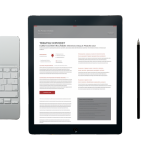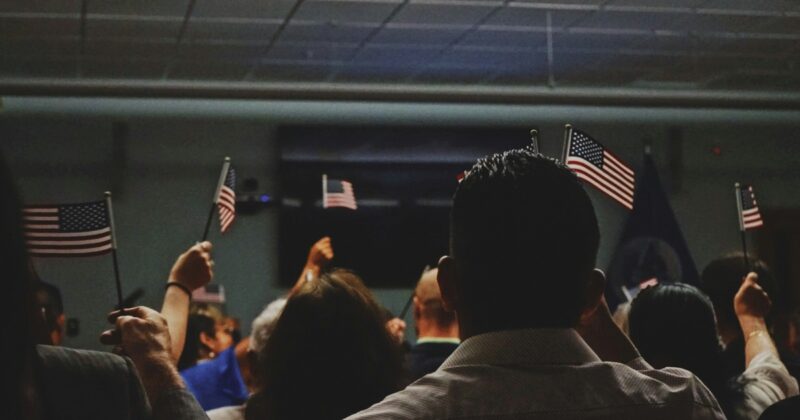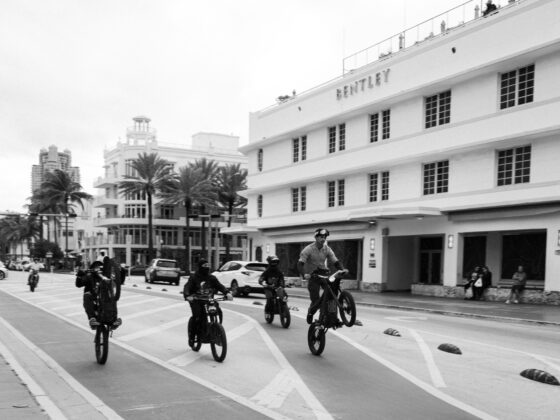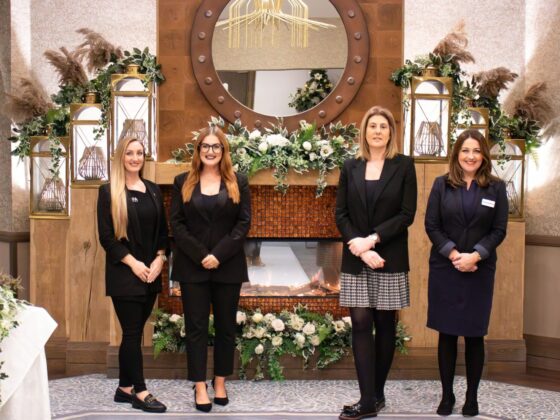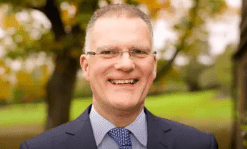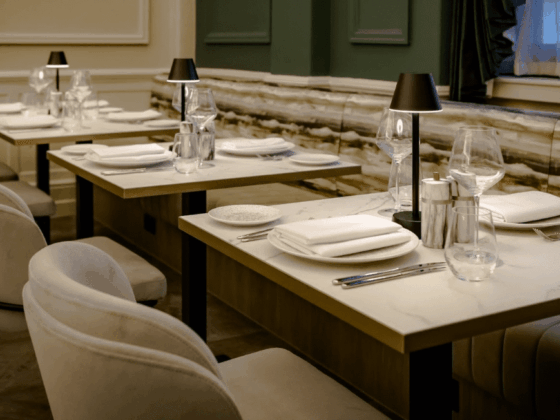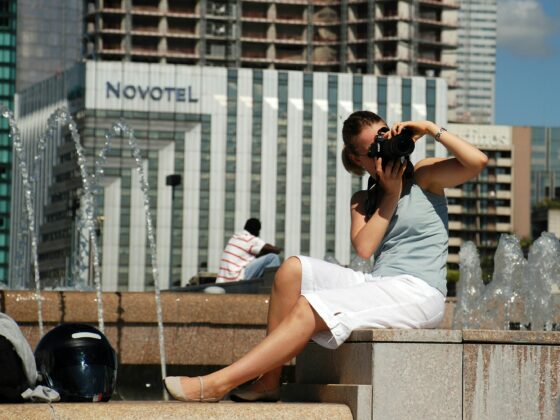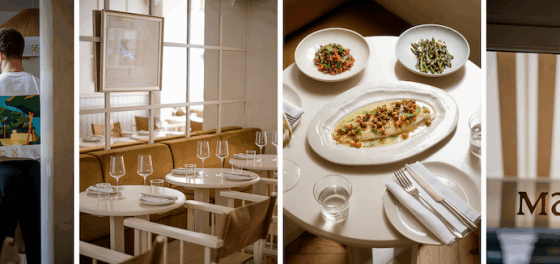At MIPIM, Mathieu Hanotin, President of Plaine Commune and Mayor of Saint-Denis, explained how this area north of Paris is reinventing itself. Once considered peripheral, Plaine Commune is now positioning itself as a strategic hub of urban, social and economic transformation, fueled by Olympic momentum, major infrastructure projects and a bold ecological program.
“Until January 1, we were talking about Saint-Denis and eight towns. But a major change has taken place: the merger between Saint-Denis and Pierrefitte, giving birth to a single commune of 150,000 inhabitants, in order to “multiply, including on local policies, our capacity to act”. – Mathieu Hanotin, President, Mayor – Plaine Commune, Saint-Denis
Today, Plaine Commune is “the most integrated territory in France in terms of public policy”. Over the past two years, beyond its traditional areas of competence, inter-communal cooperation has extended to include paid parking and the management of swimming pools. With a population of over 450,000, Plaine Commune is “the operator of public spaces, managing and renovating them”, as well as being a tool for regional development via its SEM-SPL Plaine Commune Développement.
“We’re an atypical territory,” explains Mathieu Hanotin. “We’re the one with the most social difficulties and the most backwardness to catch up on. Plaine Commune benefits from the largest ANRU program in France: 2 billion euros of investment between now and 2032 for 14 major urban renewal projects. But it’s also “the area with the strongest economic dynamism today, which is even pulling the whole of the Île-de-France region”.
This dynamic has led Plaine Commune to rethink its place in the metropolis. “We’re trying to imagine the city of the day after tomorrow, one that’s more resilient, that responds to climate challenges, with nature in the city”. The inter-municipal Local Urban Plan, currently being adopted, is billed as “the most ambitious in the whole of the Île-de-France region”.
This shift is also economic: “The big change since 2020 is that we have stopped considering economic development as a simple lever for urban projects. We’re questioning its nature. Three key sectors are being mobilized: the digital economy (“10% of France’s data centers are here”), creative industries and film studios. And let’s not forget the Olympic Games.
“We need to harness this light and use it during and after the Games, so that it’s a starting point, not a finishing line. The major transformations underway – Grand Paris Express, 2 billion euros of public/private investment, low-emission zone – are giving rise to a new centrality. “We’re moving from the margins to the kneecap between two worlds.
The Pleyel crossing, the third largest in Europe, symbolizes this ambition: “This bridge will become habitable”. The aim? To create “a 360-degree integrated tourism offering” around Pleyel: hotels (target: 3,000 rooms), urban leisure center, Cité du Cinéma, aquatic center, Stade de France, while promoting “the region’s assets”.
The opening of the H4 hotel, cultural projects at the Cité du Cinéma, the Olympic Aquatic Center and future calls for projects for large-capacity hotels at Pleyel are just the first milestones in an ambitious strategy. “In five years’ time, I want our region to be dynamic. We want to be the driving force behind those who want a forward-looking city. That’s our ambition: to build a balanced, livable city that meets the needs of its residents and plays a wider role in the metropolis”. – Mathieu Hanotin, President, Mayor – Plaine Commune, Saint-Denis
Join us at the Hospitality Operator Forum on June 12 for even more expert insights on similar topics.

